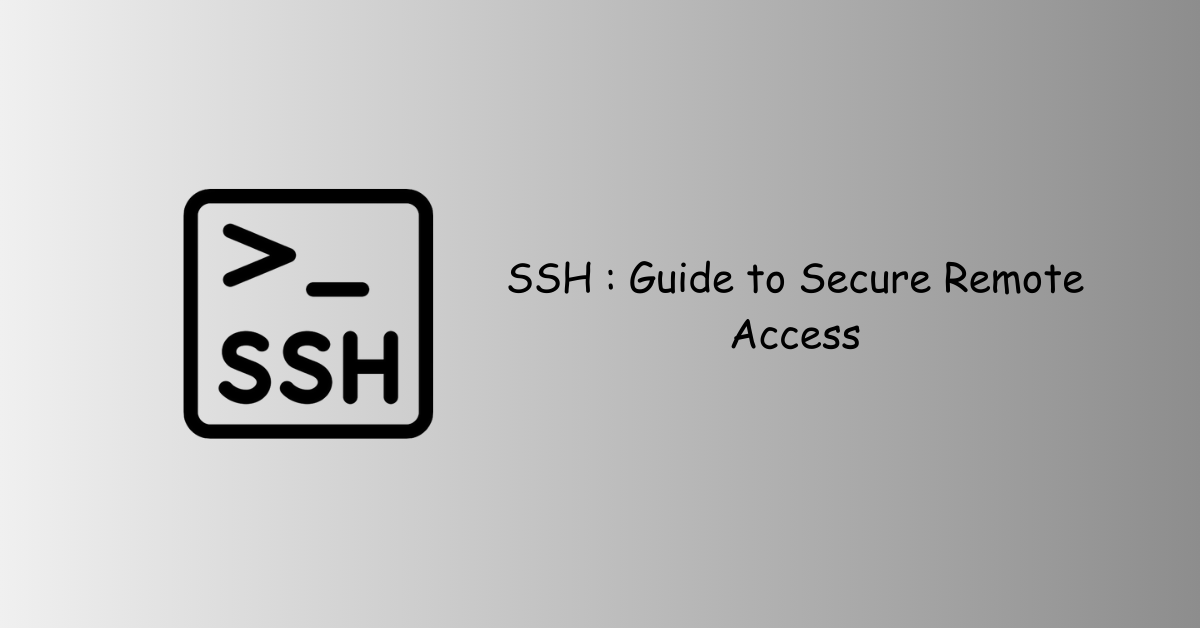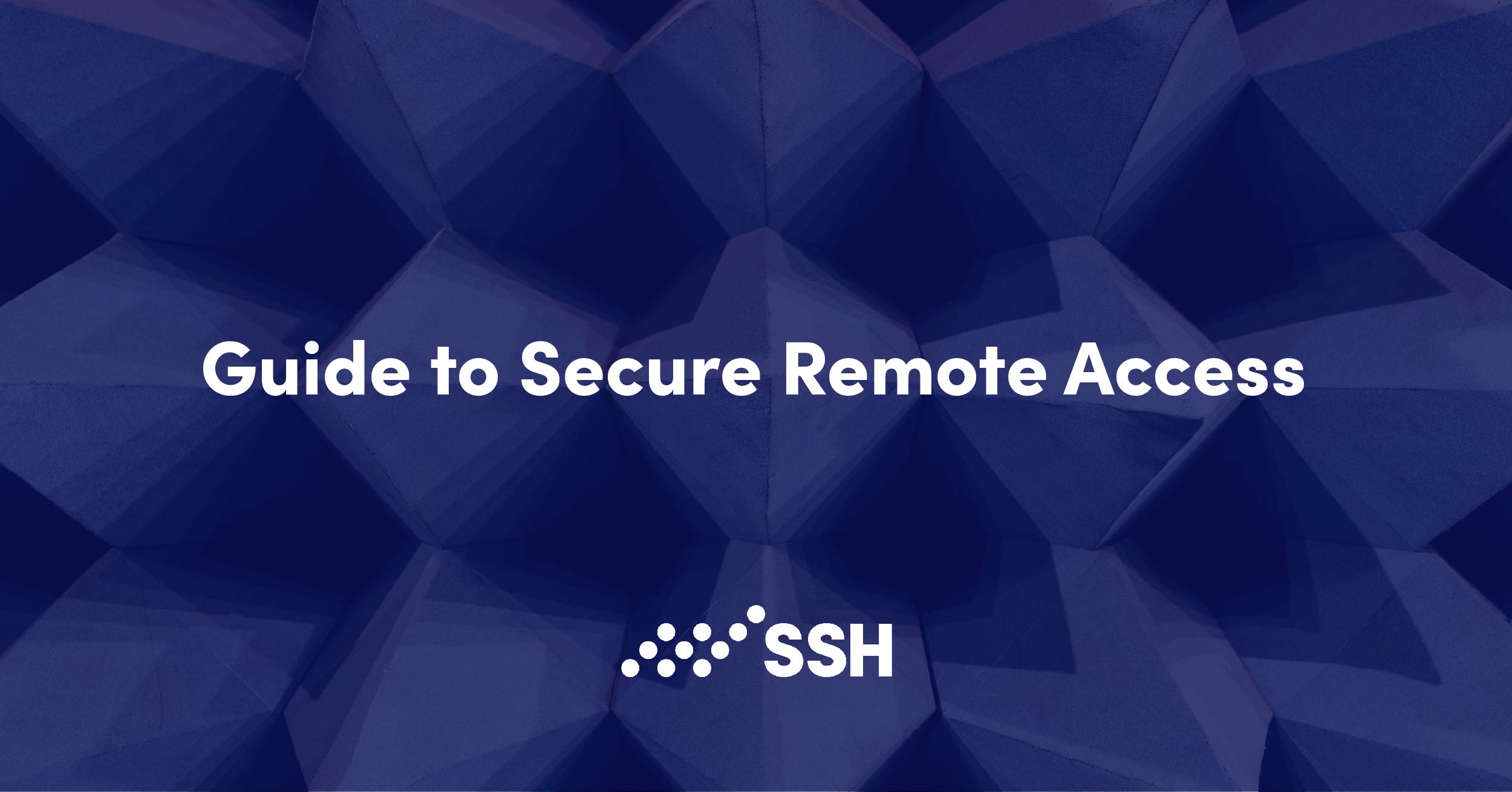In an age of relentless digital threats, is your remote access truly secure? Securing SSH connections is no longer a luxury, but a critical necessity for any organization valuing its data and infrastructure.
As the digital landscape evolves, so too do the methods and sophistication of cyberattacks. Remote work, cloud computing, and the increasing reliance on interconnected systems have expanded the attack surface, making secure shell (SSH) access a prime target for malicious actors. SSH, a cryptographic network protocol providing secure communication channels over unsecured networks, is the backbone of remote system administration, data transfer, and secure application access. Its widespread use, however, has made it a highly attractive target for cybercriminals seeking to gain unauthorized access to sensitive systems and data. This article delves into the critical best practices, tools, and strategies necessary to effectively fortify your SSH infrastructure against evolving threats, ensuring the confidentiality and integrity of your data.
SSH is primarily employed for secure remote access and management of network devices, servers, and applications. It offers a robust set of functionalities, including secure file transfer (using protocols like SCP and SFTP), remote command execution, and secure remote system administration. The inherent security of SSH lies in its use of encryption to protect data in transit, making it a preferred method for securing communications over potentially hostile networks. However, the effectiveness of SSH security hinges on the implementation of strong security measures.
Before diving into the specifics of SSH security, it's important to understand the core function of an SSH server. An SSH server is essentially a system that allows secure remote access via the SSH protocol. It acts as a gatekeeper, enabling encrypted communication between the client (the user's machine) and the server. Setting up an SSH server involves installation, configuration, and most importantly, the implementation of proper security measures.
The following table provides a summary of the key components and considerations for SSH security. This overview will serve as a foundation for understanding the detailed security measures discussed later.
| Area | Description | Importance |
|---|---|---|
| Authentication | Verifying the identity of the user attempting to connect. | Prevents unauthorized access. Essential for strong security. |
| Key Management | Securely creating, storing, and rotating SSH keys. | Protects against compromised credentials and improves security posture. |
| Configuration | Customizing SSH server settings. | Allows for the hardening of the SSH server against attacks. |
| Bastion Hosts | Creating a secure intermediary server to access internal networks. | Provides centralized access control and acts as a secure entry point. |
| Monitoring & Auditing | Tracking SSH activity and logging events. | Detects and responds to suspicious activity. |
| Network Segmentation & Firewalls | Isolating the SSH server and controlling network traffic. | Limits the attack surface and prevents lateral movement. |
| Port Security | Configuring the SSH port. | Improve security of the system. |
For more in-depth information, you can refer to the OpenSSH Official Website, the widely-used open-source implementation of the SSH protocol.
One of the most crucial elements in securing SSH access is enforcing strong authentication. This involves moving beyond simple password-based authentication, which is vulnerable to brute-force attacks and credential theft. Instead, adopt multi-factor authentication (MFA) to add an extra layer of security. MFA requires users to provide more than one form of identification, such as a password combined with a one-time code generated by an authenticator app or a hardware security key. For example, implementing a time-based one-time password (TOTP) using an application like Google Authenticator or Authy can significantly enhance security.
Another robust method is using SSH keys. These are cryptographic keys, far more secure than passwords. They come in pairs: a private key that is kept secret by the user and a public key that is installed on the SSH server. When a user attempts to connect, the server uses the public key to verify the identity of the user, significantly reducing the risk of unauthorized access. To further bolster security, disable password-based authentication completely once SSH key-based authentication is in place.
Proper SSH key management is paramount. This includes generating strong, unique keys; securely storing private keys; and rotating keys regularly to minimize the impact of any potential compromise. Its crucial to protect private keys with a strong passphrase. Implement key rotation policies, and regularly review and revoke keys that are no longer needed or have become compromised. The practice of least privilege should always be applied; only grant users the minimum access necessary to perform their tasks.
Securing SSH settings involves configuring the SSH server to align with best practices. This includes several key areas: disabling root login. This prevents direct logins as the root user, which can be a major security vulnerability. Use a dedicated user account for administrative tasks and then use `sudo` to elevate privileges as needed. Modify the default SSH port. The default SSH port is 22. Changing this to a non-standard port can help to obscure the SSH service from automated scanners and reduce the risk of automated attacks. Implement rate limiting to defend against brute-force attacks. Configure the SSH server to limit the number of failed login attempts from a single IP address within a certain timeframe. This can prevent attackers from repeatedly trying passwords.
A bastion host is a secure server that acts as an intermediary between the internet and the internal network. It allows administrators to access internal systems through a single, hardened point of entry, rather than exposing individual servers directly to the internet. The bastion host provides a secure, controlled gateway, enabling access to internal resources. Implement proper security controls and monitoring on the bastion host itself.
Monitoring and auditing SSH activity is critical for identifying and responding to security incidents. Regularly review SSH logs for suspicious activity, such as failed login attempts, unusual IP addresses, or any unauthorized access attempts. Implement a robust logging system that records all SSH events, including successful and failed logins, command execution, and file transfers. Centralized logging and log analysis are essential for quickly identifying and responding to security incidents across multiple systems. Consider integrating log monitoring with a security information and event management (SIEM) system to automate detection and response to threats.
Network segmentation involves dividing the network into isolated segments. This limits the impact of a security breach. If an attacker gains access to one segment, they will find it more difficult to move laterally across the network. Firewalls are essential for controlling network traffic and implementing access controls. Configure firewalls to allow SSH traffic only from trusted sources and to restrict access to the SSH port from the internet.
The OpenSSH implementation is the widely recommended and used implementation of the SSH protocol. Make sure you are running the latest version of OpenSSH, as updates often include critical security patches. Regularly update the SSH server software, as well as the underlying operating system, to address known vulnerabilities and security flaws.
In summary, securing your SSH access is an ongoing process that requires a comprehensive approach. By implementing these best practices, you can significantly reduce the risk of cyberattacks targeting your SSH connections and protect your infrastructure and data. The evolving threat landscape necessitates constant vigilance and adaptation. Staying informed about the latest security threats and regularly reviewing and updating your security measures will enable you to maintain a strong security posture and protect your valuable assets.


